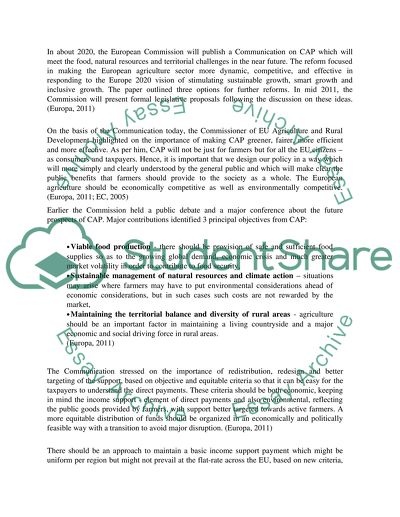Cite this document
(“European Economics Essay Example | Topics and Well Written Essays - 2500 words”, n.d.)
Retrieved from https://studentshare.org/environmental-studies/1420554-european-economics
Retrieved from https://studentshare.org/environmental-studies/1420554-european-economics
(European Economics Essay Example | Topics and Well Written Essays - 2500 Words)
https://studentshare.org/environmental-studies/1420554-european-economics.
https://studentshare.org/environmental-studies/1420554-european-economics.
“European Economics Essay Example | Topics and Well Written Essays - 2500 Words”, n.d. https://studentshare.org/environmental-studies/1420554-european-economics.


